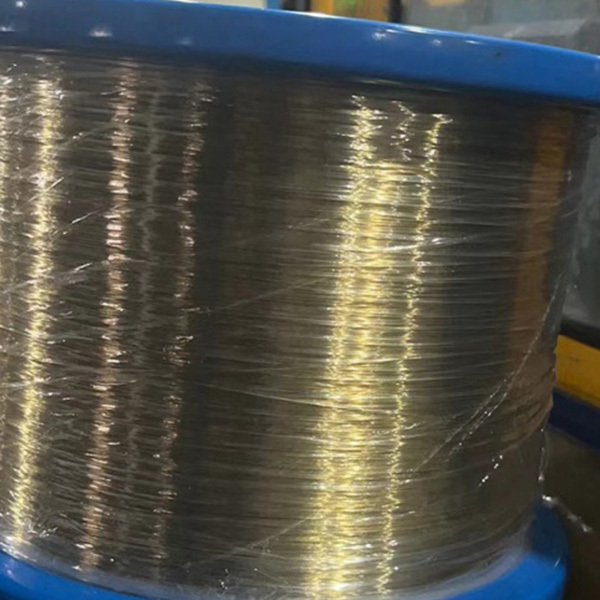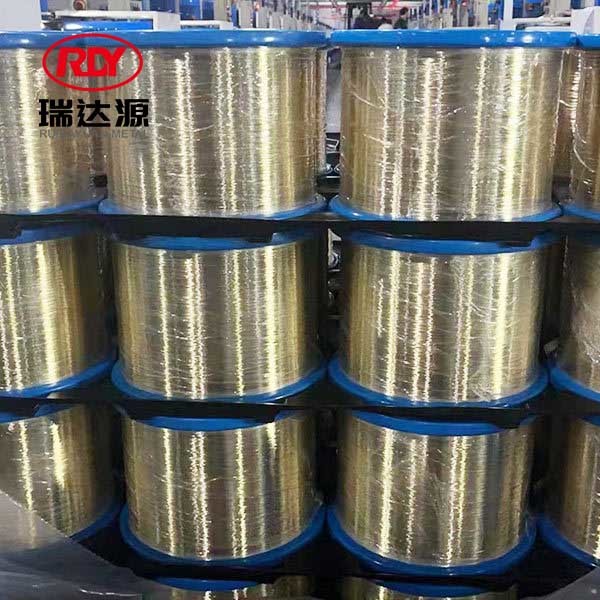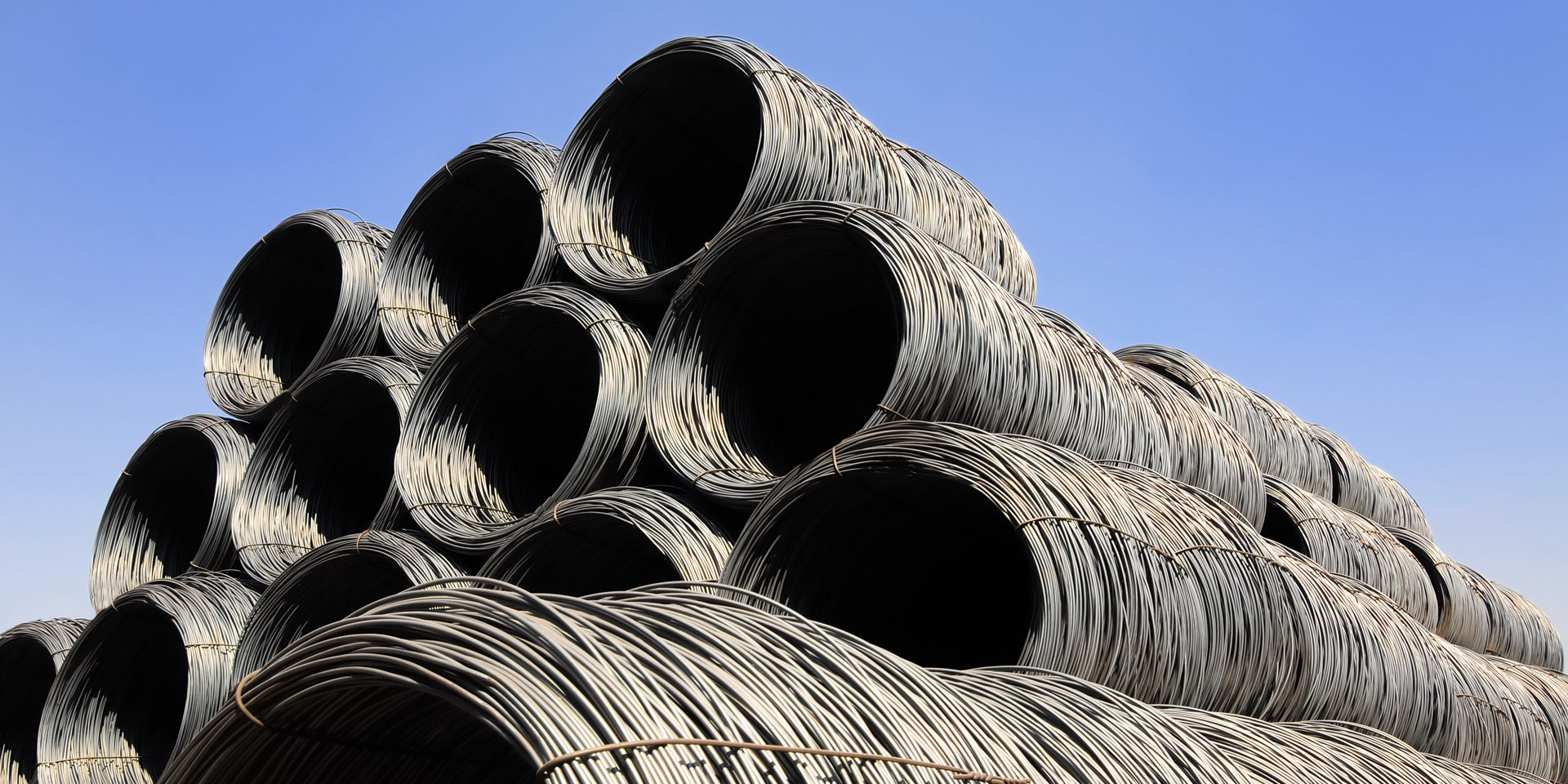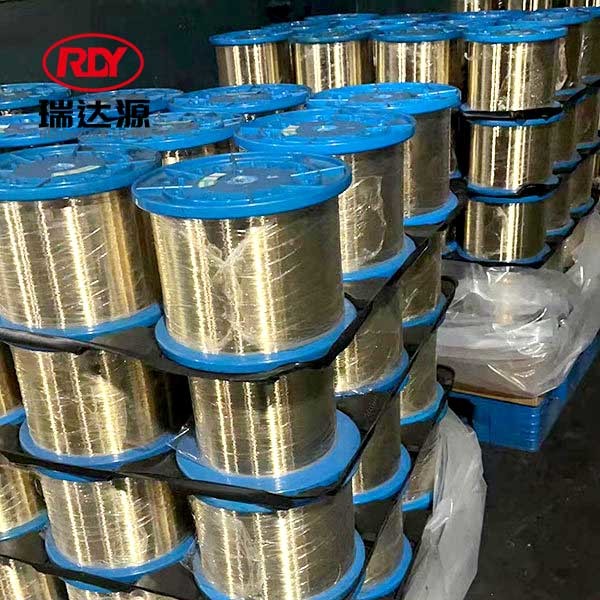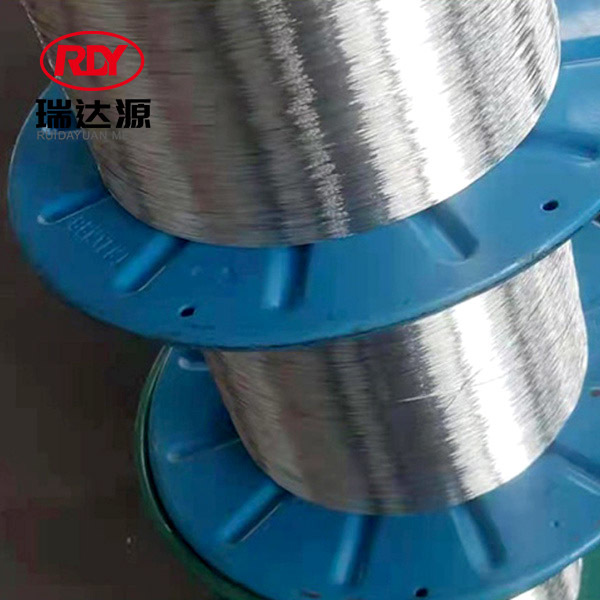Understanding Bead Wire: A Key Component in Construction and Decoration
Release Time:
Jun 06,2025
Bead wire, often overlooked in construction and decorative applications, is a specialized type of wire that plays a pivotal role in various industries. Commonly made from high-quality steel, bead wire is characterized by its unique design, which features small beads or nodules spaced along its length. This structural feature provides enhanced grip and support, making it an essential component in m

Bead wire, often overlooked in construction and decorative applications, is a specialized type of wire that plays a pivotal role in various industries. Commonly made from high-quality steel, bead wire is characterized by its unique design, which features small beads or nodules spaced along its length. This structural feature provides enhanced grip and support, making it an essential component in many applications.
In the construction sector, bead wire is frequently utilized for securing and reinforcing materials. Its strength and flexibility make it ideal for applications where durability is critical. For instance, it is often employed in the assembly of various types of scaffolding and support structures. The beads along the wire serve as anchoring points, ensuring a stable and secure connection between different components, which is vital for maintaining safety standards on construction sites.
Bead wire also has notable applications in decorative elements. In landscaping and interior design, this wire can be used to create intricate designs and durable decorative features. For example, it is often used in the crafting of garden trellises, decorative fences, and artwork, where both strength and aesthetic appeal are desired. The ability of bead wire to hold shapes and support various materials makes it a favorite among designers looking to combine functionality with beauty.
Another important aspect of bead wire is its corrosion resistance. Many manufacturers treat bead wire to withstand exposure to environmental elements, which is particularly advantageous in outdoor applications. This anti-corrosive treatment extends the lifespan of products made with bead wire, reducing maintenance costs and enhancing overall longevity. This property is especially critical in regions with harsh weather conditions, where materials are susceptible to wear and deterioration.
When selecting bead wire for a specific project, it’s essential to consider the required tensile strength and flexibility. Different applications may necessitate varying thicknesses and bead sizes. A thorough understanding of these specifications can help ensure that the right type of bead wire is chosen, thereby optimizing performance and safety in both construction and decorative projects.
In conclusion, bead wire is an invaluable material in the construction and decoration industries. Its unique design, strength, flexibility, and resistance to corrosion make it suitable for a wide range of applications. Whether for reinforcing structures or adding decorative elements, understanding the characteristics and uses of bead wire can greatly enhance both the functionality and aesthetic appeal of your projects. As you embark on your next construction or design endeavor, consider the significant advantages that bead wire can offer.
In the construction sector, bead wire is frequently utilized for securing and reinforcing materials. Its strength and flexibility make it ideal for applications where durability is critical. For instance, it is often employed in the assembly of various types of scaffolding and support structures. The beads along the wire serve as anchoring points, ensuring a stable and secure connection between different components, which is vital for maintaining safety standards on construction sites.
Bead wire also has notable applications in decorative elements. In landscaping and interior design, this wire can be used to create intricate designs and durable decorative features. For example, it is often used in the crafting of garden trellises, decorative fences, and artwork, where both strength and aesthetic appeal are desired. The ability of bead wire to hold shapes and support various materials makes it a favorite among designers looking to combine functionality with beauty.
Another important aspect of bead wire is its corrosion resistance. Many manufacturers treat bead wire to withstand exposure to environmental elements, which is particularly advantageous in outdoor applications. This anti-corrosive treatment extends the lifespan of products made with bead wire, reducing maintenance costs and enhancing overall longevity. This property is especially critical in regions with harsh weather conditions, where materials are susceptible to wear and deterioration.
When selecting bead wire for a specific project, it’s essential to consider the required tensile strength and flexibility. Different applications may necessitate varying thicknesses and bead sizes. A thorough understanding of these specifications can help ensure that the right type of bead wire is chosen, thereby optimizing performance and safety in both construction and decorative projects.
In conclusion, bead wire is an invaluable material in the construction and decoration industries. Its unique design, strength, flexibility, and resistance to corrosion make it suitable for a wide range of applications. Whether for reinforcing structures or adding decorative elements, understanding the characteristics and uses of bead wire can greatly enhance both the functionality and aesthetic appeal of your projects. As you embark on your next construction or design endeavor, consider the significant advantages that bead wire can offer.
Keywords:
Related news



